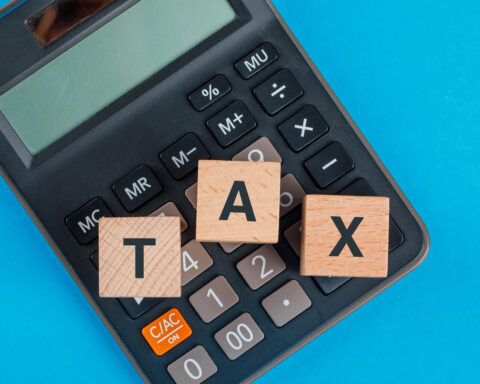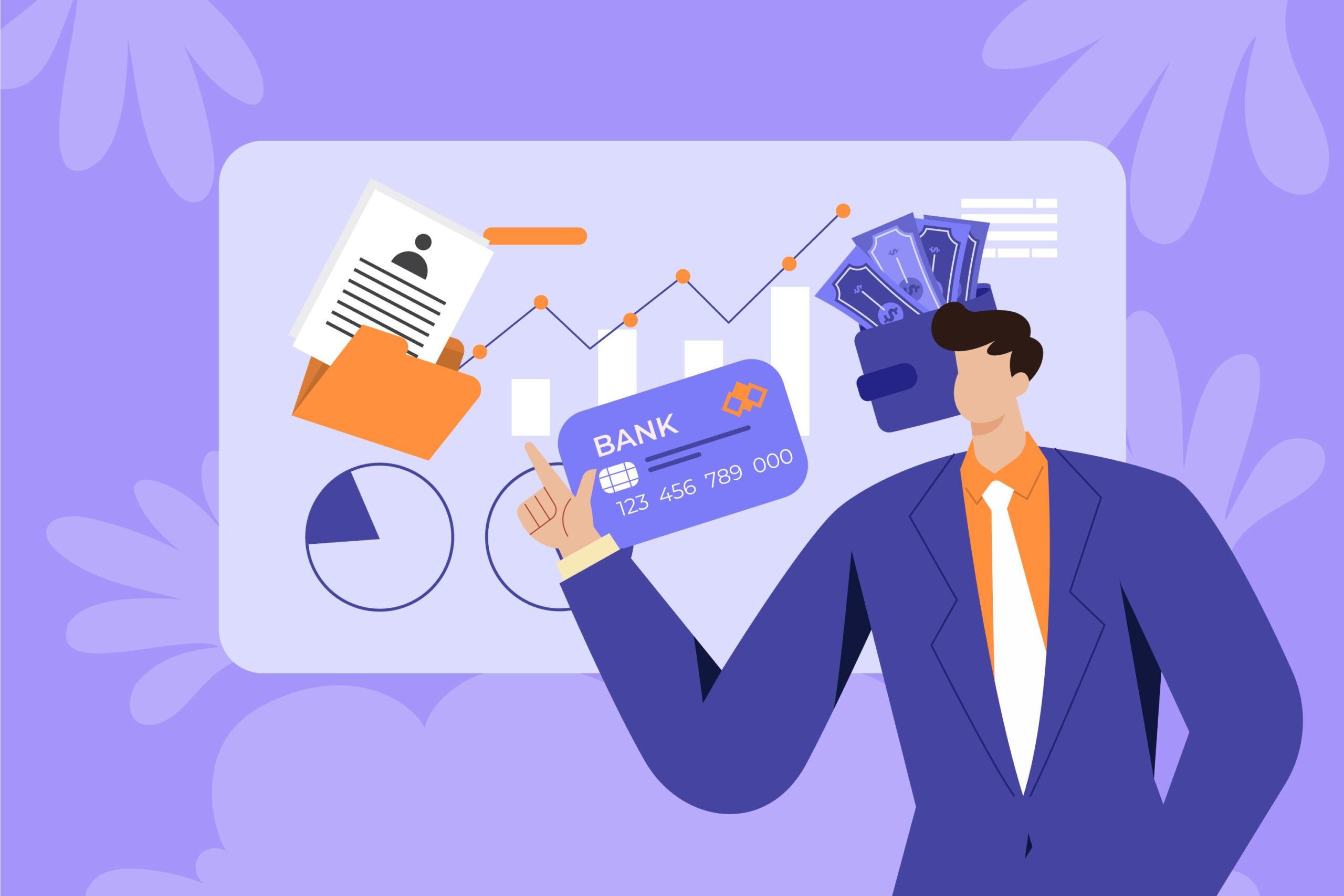FD schemes or fixed deposits have always been popular options for investors in India. People trust them since they offer guaranteed returns. It comes as interest income on your deposit at the rate agreed with the bank, either traditional or a small finance bank. It is also not linked to market fluctuations or movements, and you can choose to receive the interest amount at maturity or as monthly or quarterly payouts. But are FDs completely risk-free? Here is the truth about the risk quotient of these investments.
What Risks Do FDs Have?
Even though both long and short term FDs are free from market volatility, there are still some risks that you should know about.
- Risks of default: FDs may be compromised if there are bank defaults. Deposits are insured up to Rs. 5 lakh per account holder by the DICGC (Deposit Insurance and Credit Guarantee Corporation). Hence, in case of any bank failure, the funds will only be safeguarded till this limit. While this is a concern, it is rare, and the Government and Apex Bank (RBI) have several safeguards to prevent this from happening. However, you should ideally diversify and spread out your deposits across multiple banks to get added safety.
- Risks of interest rates: FDs offer fixed interest rates throughout the entire tenure. While this does ensure stability, there are also chances of increases in market rates in this period. In such scenarios, you will not gain from the higher interest rates and will have to make do with the rates you committed to earlier. It can be frustrating when you see banks offering better FD returns elsewhere. Longer lock-in periods make you vulnerable to interest rate risks.
- Risks related to inflation: Inflation lowers the total purchasing power of money put into fixed deposits. Whenever the FD interest falls behind the inflation rate, your overall returns will be insufficient to meet future living costs. Even though fixed interest rates ensure some form of stability, they are not inflation-adjusted. If inflation surpasses the FD interest rate, your purchasing power will reduce drastically, which is a major risk. Whenever you sign up for an FD, check the projected returns and deduct for inflation to understand how much you are gaining in reality.
- Risks linked to liquidity: Remember that your money will be locked for the entire duration of the FD. Premature withdrawals may also lead to steep penalties or lower interest payouts. Hence, there are risks of being unable to get funds quickly during emergencies. However, you can avoid these risks by diversifying your investments in a mix of high and low-liquidity options.
Conclusion
As you can see, FDs are not risk-free when you add inflation, liquidity, bank failures, and interest rate increases to the equation. However, you can always spread out your investments once you are aware of these risks. As for bank failures or defaults, they are rare, and you should not unnecessarily worry. For the other aspects, you should count on FDs for safe wealth creation in the long term while deploying investments in other avenues to combat both inflation and liquidity risks.








